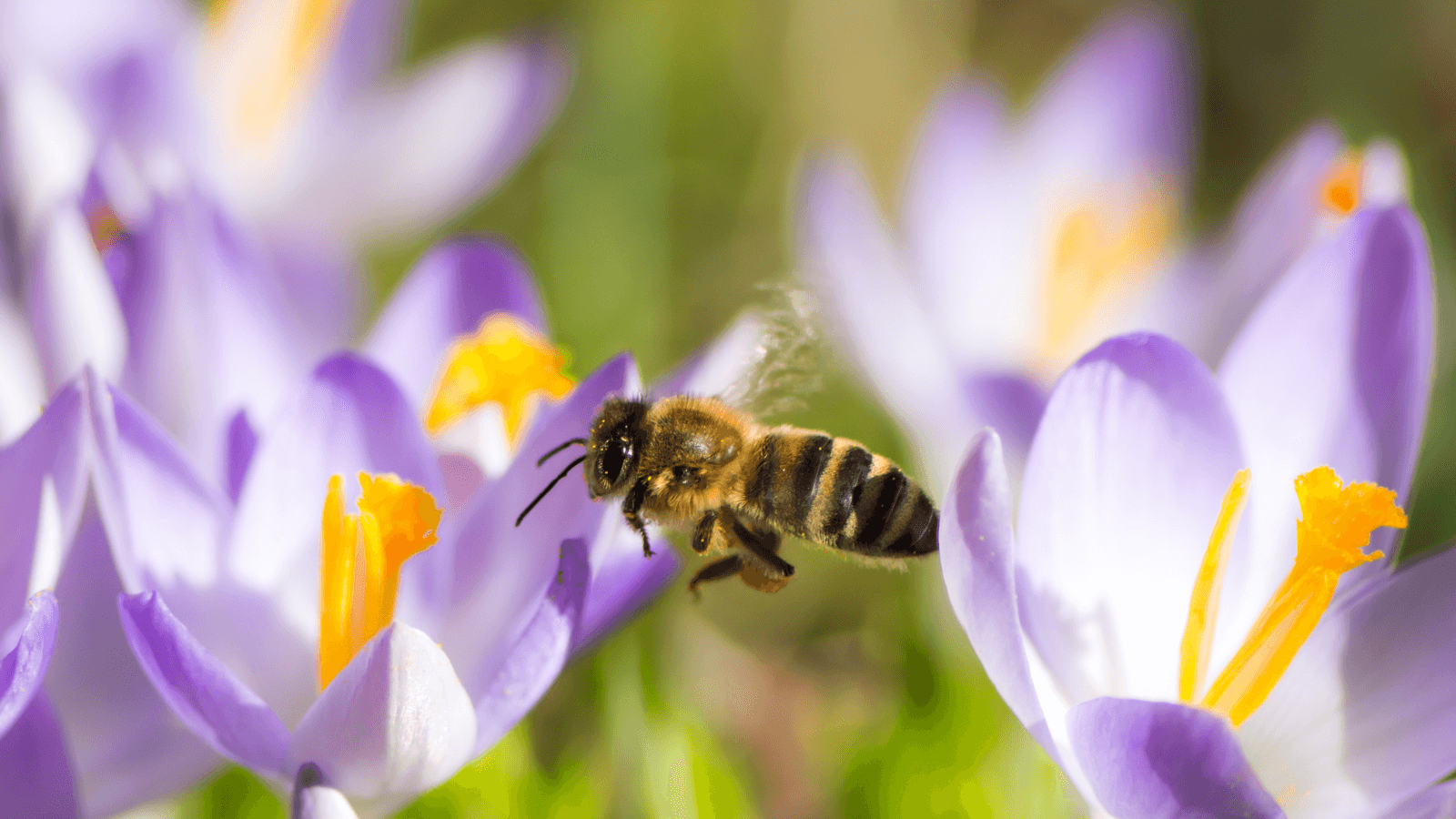
World Bee Day is celebrated on May 20th. On this day in 1734 Anton Jansa from Slovenia, considered the pioneer of beekeeping, was born. It is a day that recognizes the importance of honey bees and native bees for the pollination of a nutritionally diverse and secure food system.
One way to celebrate World Bee Day is to landscape backyards, church campuses, community garden space, and public spaces with bee-friendly habitats. Here are five ideas.
- Plant pollen and nectar rich flowers with a diverse range of shapes, sizes, colors, and bloom times. Consider planting locally native plants. The Xerces Society has a list of pollinator-friendly native plant lists filtered by state - https://xerces.org/pollinator-conservation/pollinator-friendly-plant-lists.
- Avoid using pesticides and herbicides. This means saying no to the chemicals applied to lawns.
- Plant trees and shrubs for the bees. Trees provide blooms for nectar, resin for the production of propolis in honey bee hives, and nesting materials for native bees. Tree nectar is especially important to bees early in the season before perennial and annual flowers are in bloom. Examples of bee-friendly trees include Red maple, Eastern Redbud, Linden (American Basswood), Crabapple, Serviceberry, Pussy Willow, and Willow. Check with your local Land Grant University Extension Service for a list of trees adapted to your locality.
- Avoid fall clean-up around flower gardens, shrubbery, and native plant areas. 70% of the world’s 20,000 bees, including bumblebees, live underground or in hollow plant stems. Delay clean-up until spring when ground dwelling and stem dwelling bees have emerged.
- Enjoy God’s remarkable creation – the bee.






